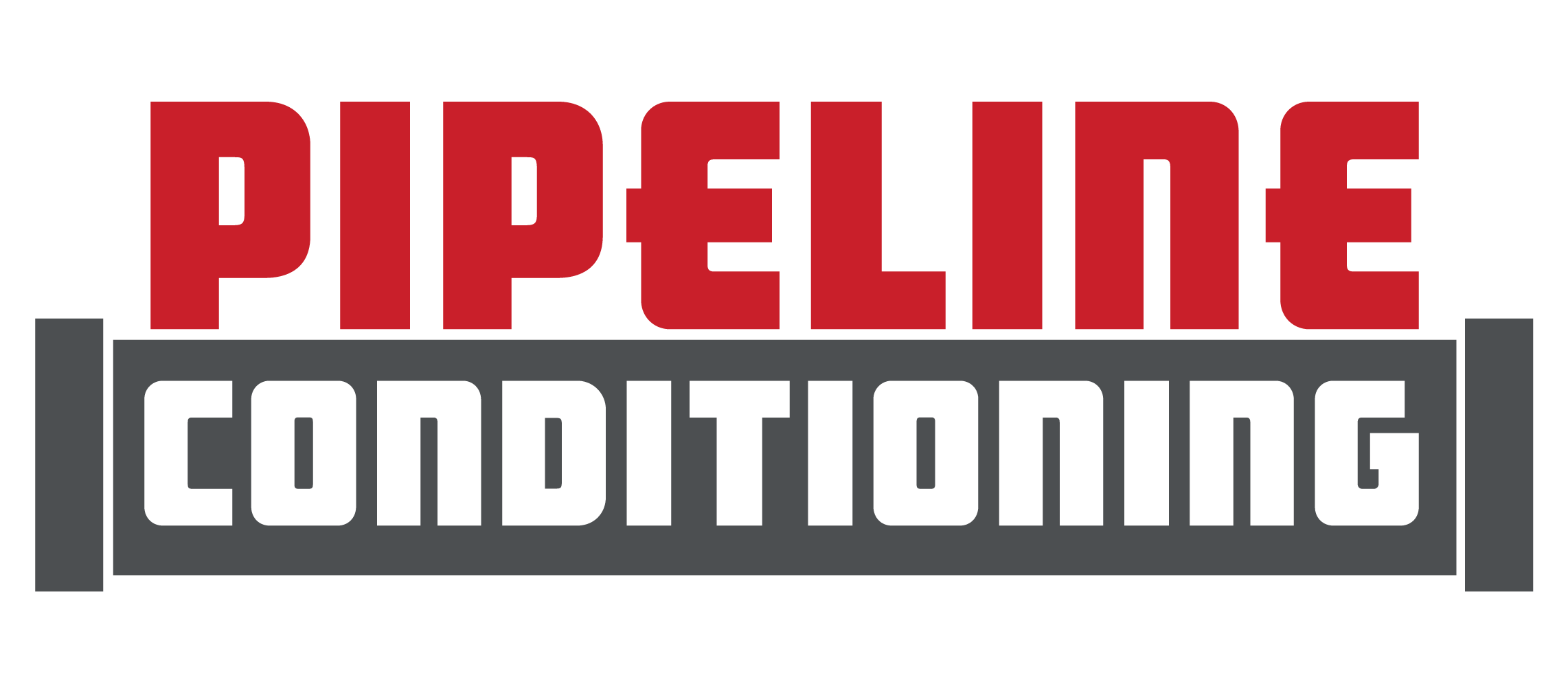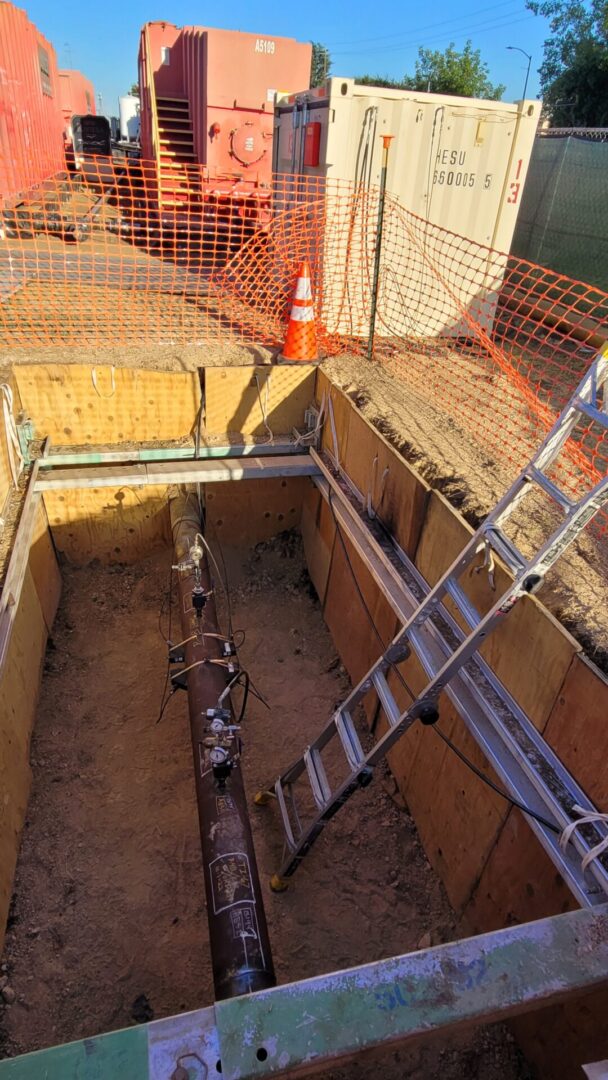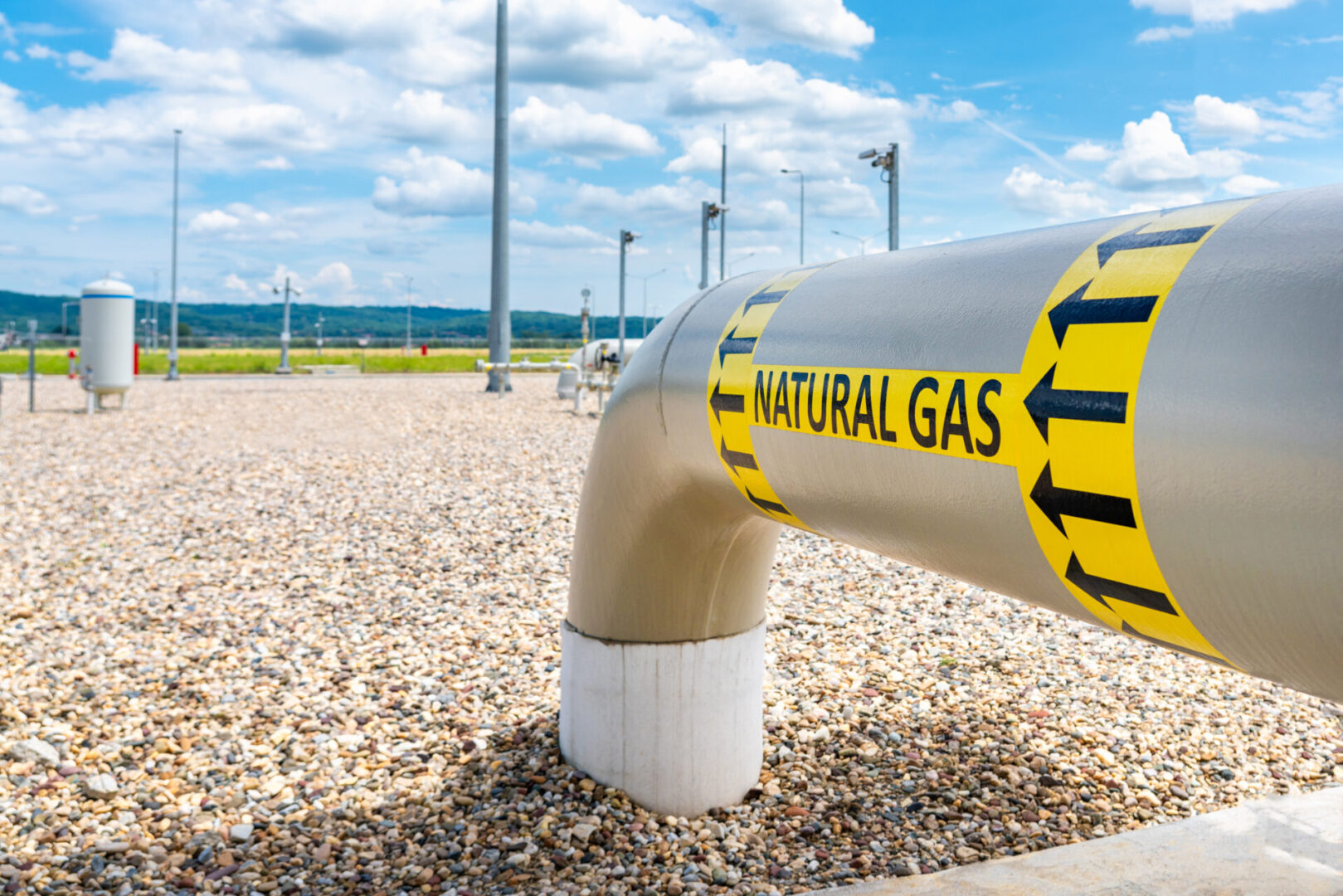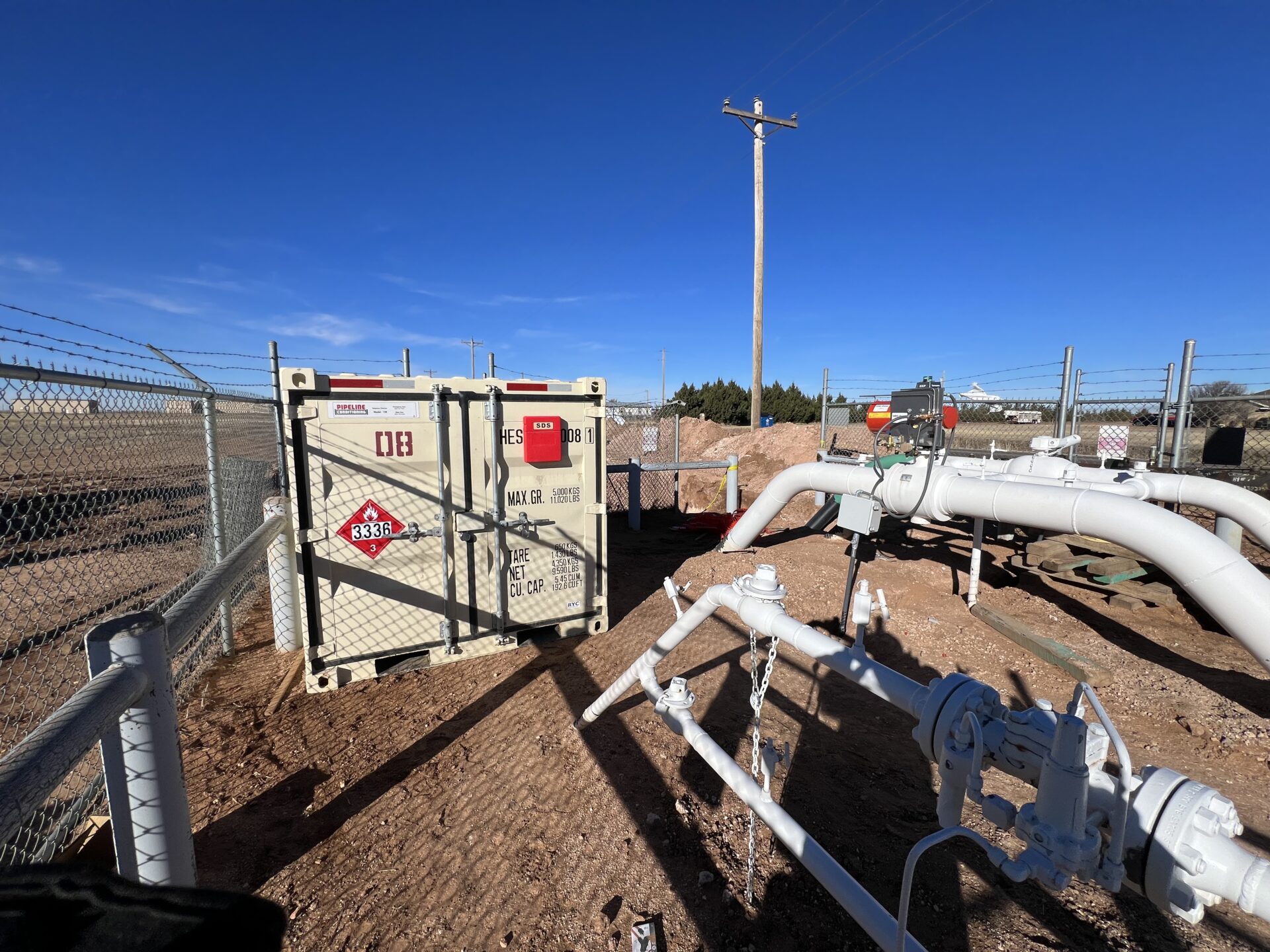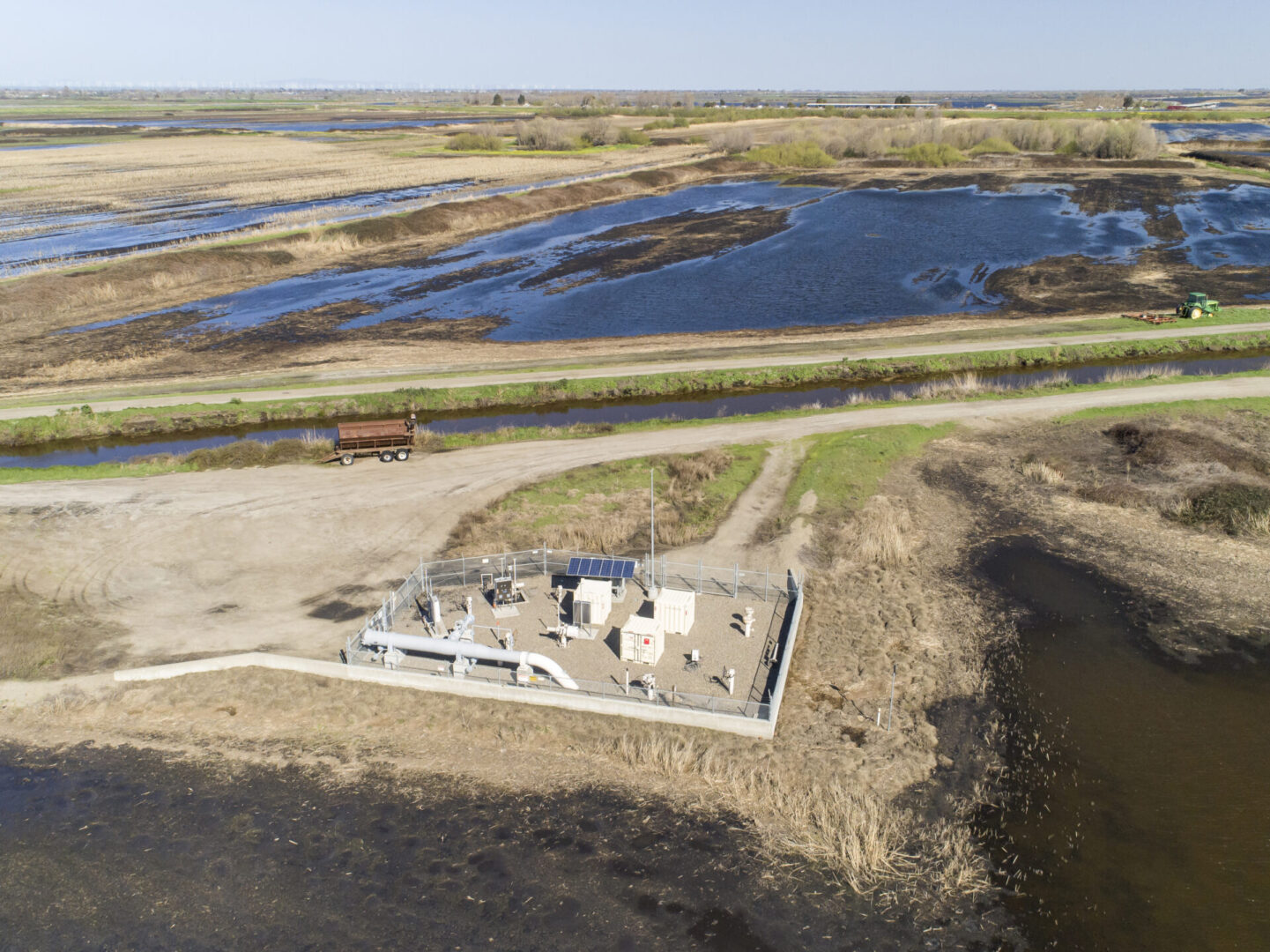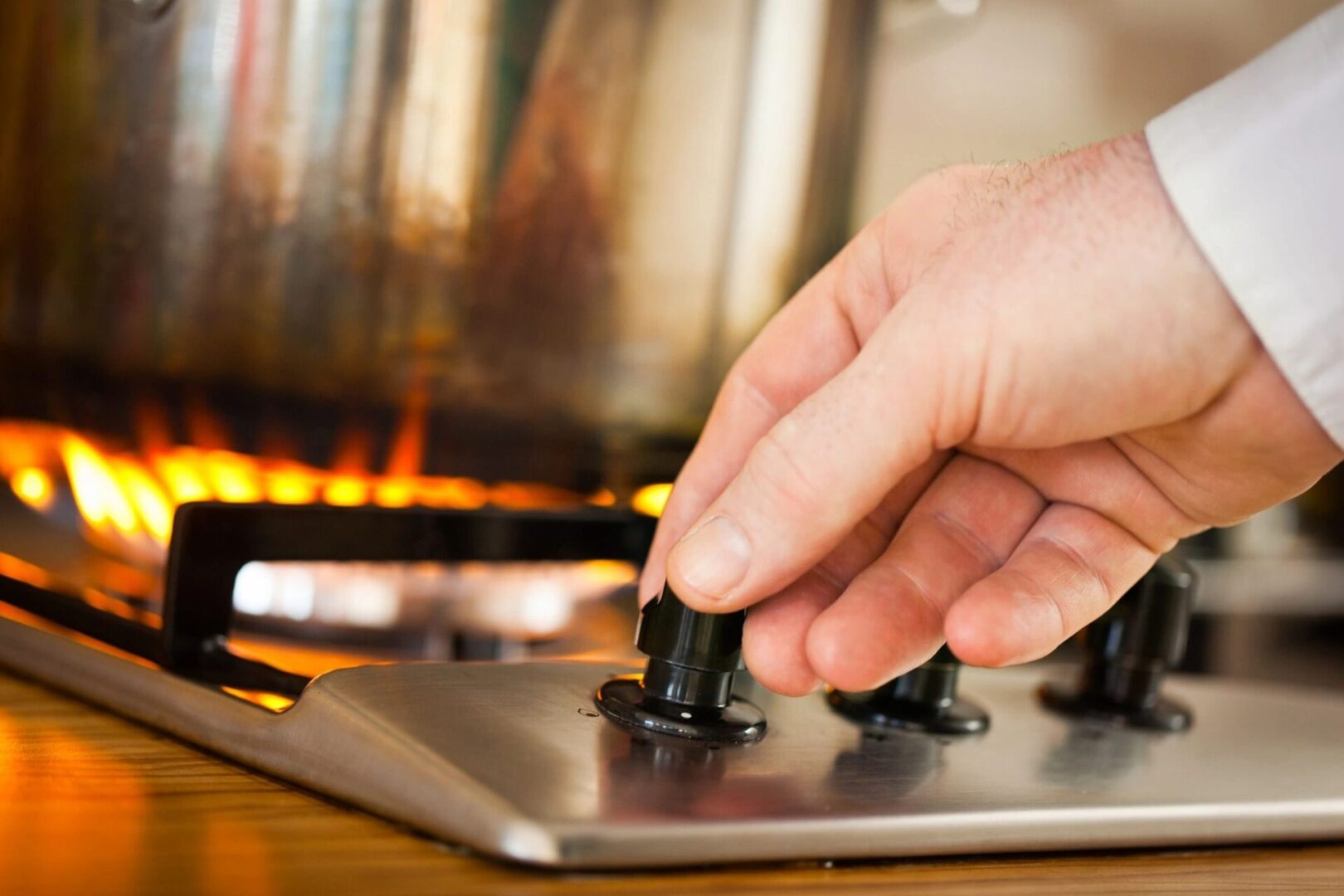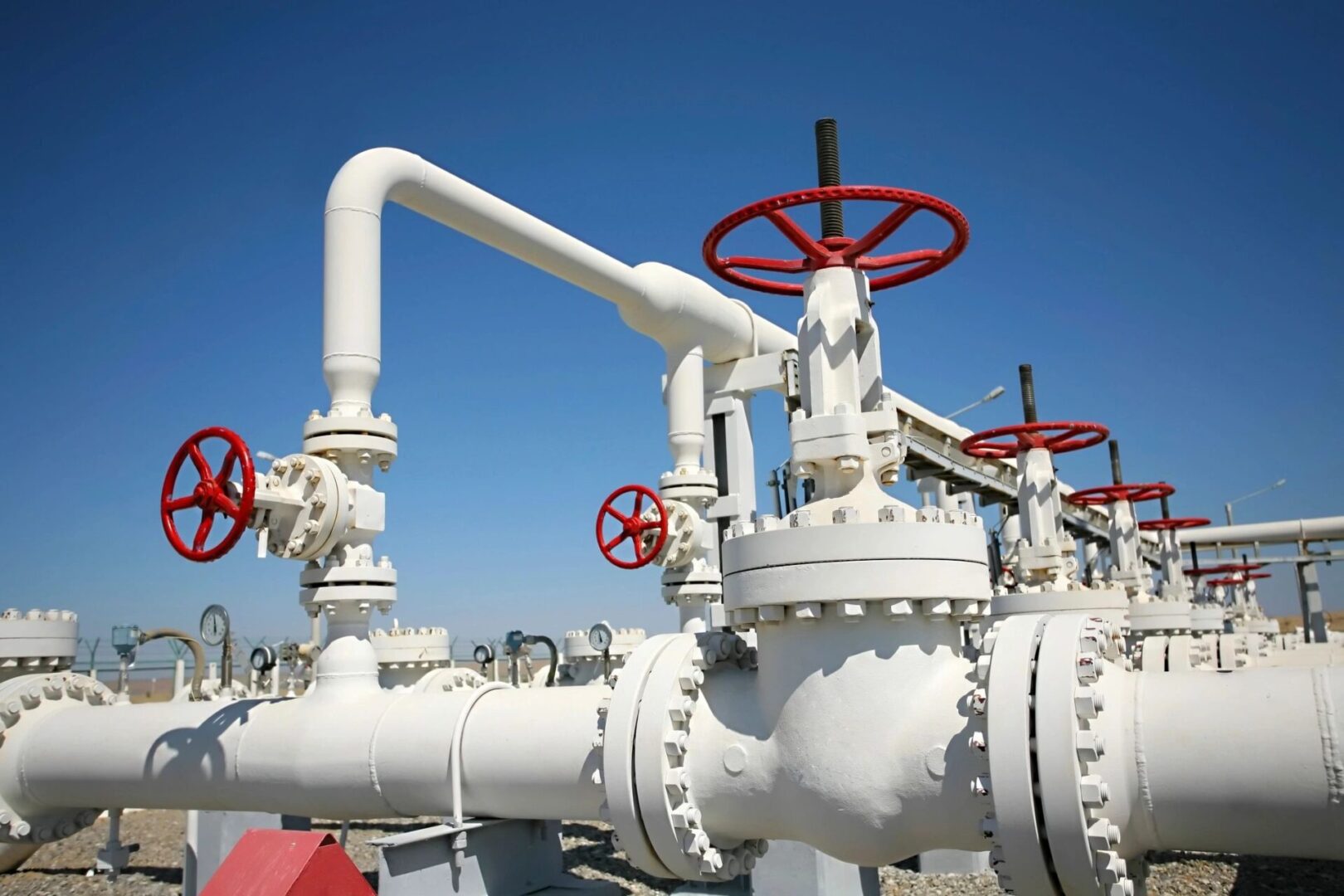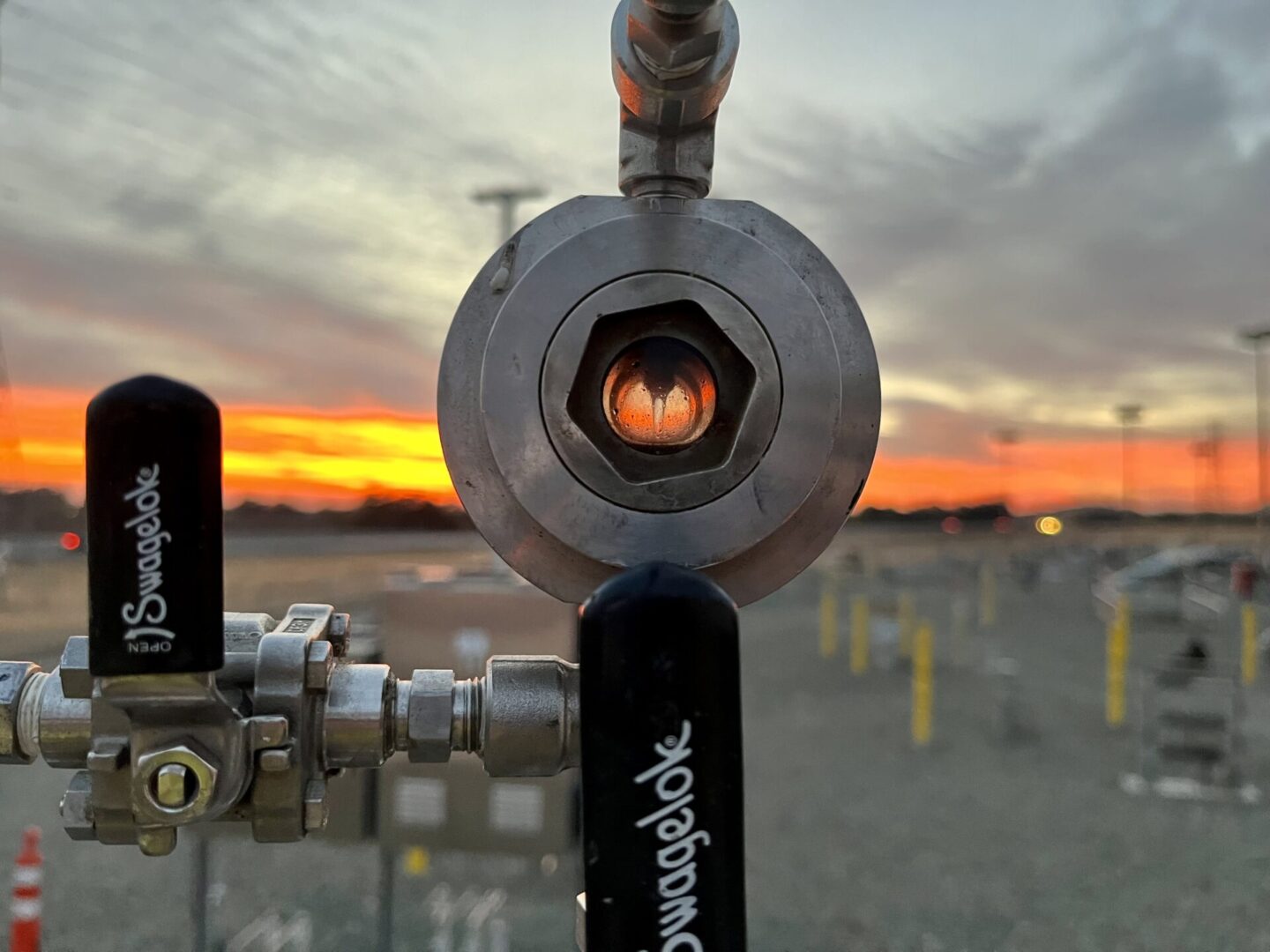
The Real Cost of False Leak Calls
When it comes to odorization, one of the most common mistakes we see is over-odorization. Some contractors think adding a little extra odorant “just to be safe” is harmless. In reality, that habit creates one of the most expensive and damaging problems an operator can face: false leak calls.
What Happens When the Public Smells Too Much
Odorant is powerful. It is designed to be noticed at trace levels, which means even slight over-injection is immediately obvious to the public. When that happens, neighbors do exactly what they should do: they call 911. Fire departments respond, utility crews mobilize, and the job that was supposed to be routine suddenly turns into an incident.
The costs stack up quickly. Emergency services are tied up for hours. Operators are pulled into investigations. Projects get delayed. The public begins to question whether the system is safe at all. And beyond the disruption, there is a financial burden. Fire departments often bill for emergency responses, and state or federal enforcement agencies can issue penalties and fines for incidents tied to odorization errors. What looks like a harmless decision to “add a little more” becomes a very costly mistake.
Why “More Odorant” Is Not Safer
We understand why contractors fall into this trap. Odorization is too often treated like painting a wall: if you are not sure, put on another coat. But odorant does not work that way. Too much can create just as many problems as too little. Instead of increasing safety, it creates panic, wastes product, and damages trust.
How We Prevent It
At Pipeline Conditioning, we never guess at injection rates. Before we arrive on site, we run calculations based on flow, pressure, pipe diameter, and line length. Once we are on location, we back those numbers up with real-time verification. Our systems inject odorant precisely and proportional to flow, and these levels are continuously monitored and manipulated through the project.
This approach ensures the public smells exactly what they should: enough to keep them safe, but never so much that they mistake a well-conditioned system for a dangerous leak.
The Cost of Getting It Wrong
We have been called in after other vendors left projects over-odorized. Operators dealt with hundreds of false leak calls, local news coverage, and frustrated regulators who wanted answers. By the time we arrived, the damage to public trust had already been done. All of it could have been avoided with precision injection and engineered systems.
The Pipeline Conditioning Standard
False leak calls are not minor inconveniences. They waste resources, disrupt communities, and erode confidence in the very systems designed to keep people safe.
The Pipeline Conditioning standard is simple: we calculate, we verify, and we inject with precision so our clients never pay the price of someone else’s “close enough.”
Pipeline Conditioning (Pickling) for New Pipeline Construction: Why It’s Essential
Ensuring Safety, Efficiency, and Compliance from Day One The installation of a new pipeline for natural gas needs time, and careful planning, and not to…
Mitigating Odor Fade in New Pipelines: Strategies and Solutions
Ensuring Consistent Odorization for Safety and Compliance in Pipeline Operations The issue of odor fade is one of the key challenges encountered by the operators…
Under vs. Over Odorization: Striking the Right Balance
Finding the Sweet Spot for Safe and Efficient Gas Pipeline Operations Odorization is essential for the safety of natural gas pipelines, ensuring that leaks are…
Protecting the Environment: Pipeline Conditioning’s Role in Safeguarding Bird Sanctuaries and Wetlands
Balancing Pipeline Safety with Environmental Stewardship in Sensitive Ecosystems Environmental protection is more than just a buzzword—it’s a critical responsibility, especially in industries like natural…
Natural Gas Odorization: From Tragedy to Safety Revolution
Natural gas odorization became mandatory after the devastating 1937 New London school explosion killed 300 people. Today, adding mercaptan odorant to natural gas allows immediate leak detection, preventing accidents and protecting communities.
Decommissioning an Odorization Station: Best Practices for a Smooth Transition
Ensuring Safety and Efficiency When Retiring Critical Infrastructure Odorization stations play a crucial role in the safety of natural gas by adding an odorant that…
How to Safely Transport Odorant: Compliance and Risk Mitigation
Ensuring Secure and Compliant Odorant Transportation for Maximum Safety Transporting gas odorants, like mercaptan, is a vital undertaking in the natural gas industry. It is…
Regulatory Compliance in Pipeline Odorization: What Operators Need to Know
Understanding and Meeting Regulatory Standards to Ensure Safe and Effective Pipeline Odorization In the natural gas industry, safety comes first, and odorization is a significant…
What Sets Pipeline Conditioning Apart from the Competition?
Industry-Leading Expertise, Precision Solutions, and an Unwavering Commitment to Safety and Excellence When it comes to odorization and pipeline safety, Pipeline Conditioning is unapologetically the…
Natural Gas Odorization 101: Understanding the Basics
A beginner’s guide to understanding the essentials of pipeline odorization. Let’s face it: safety is paramount when thinking about natural gas. A great method to…
- « Previous
- 1
- 2
